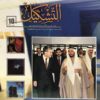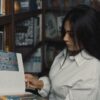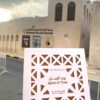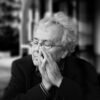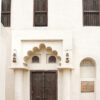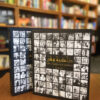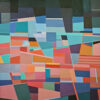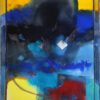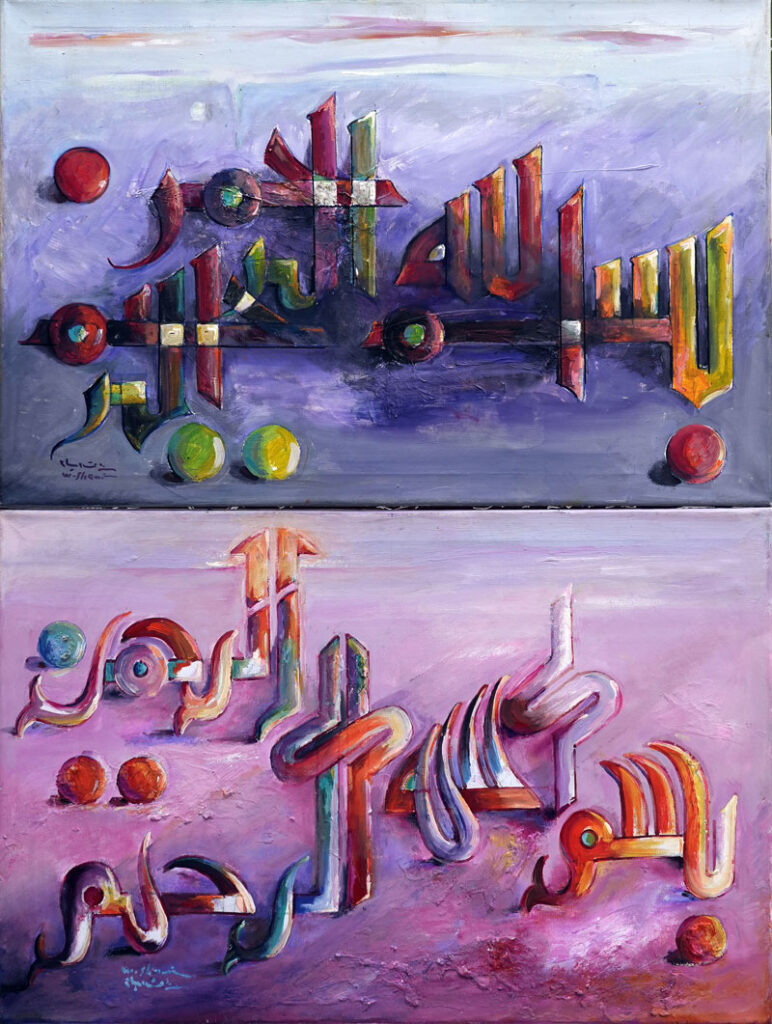
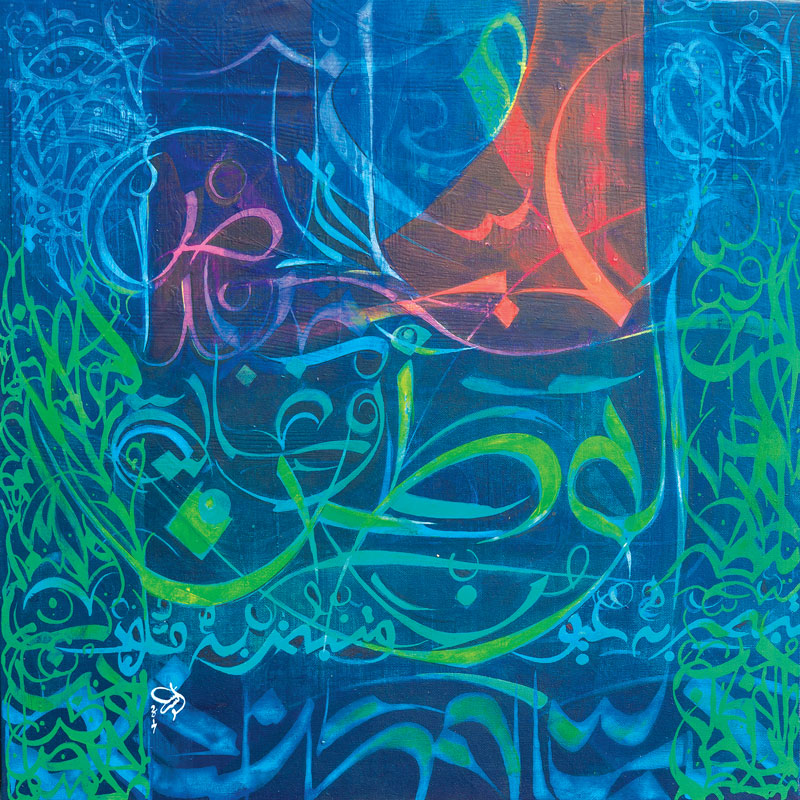

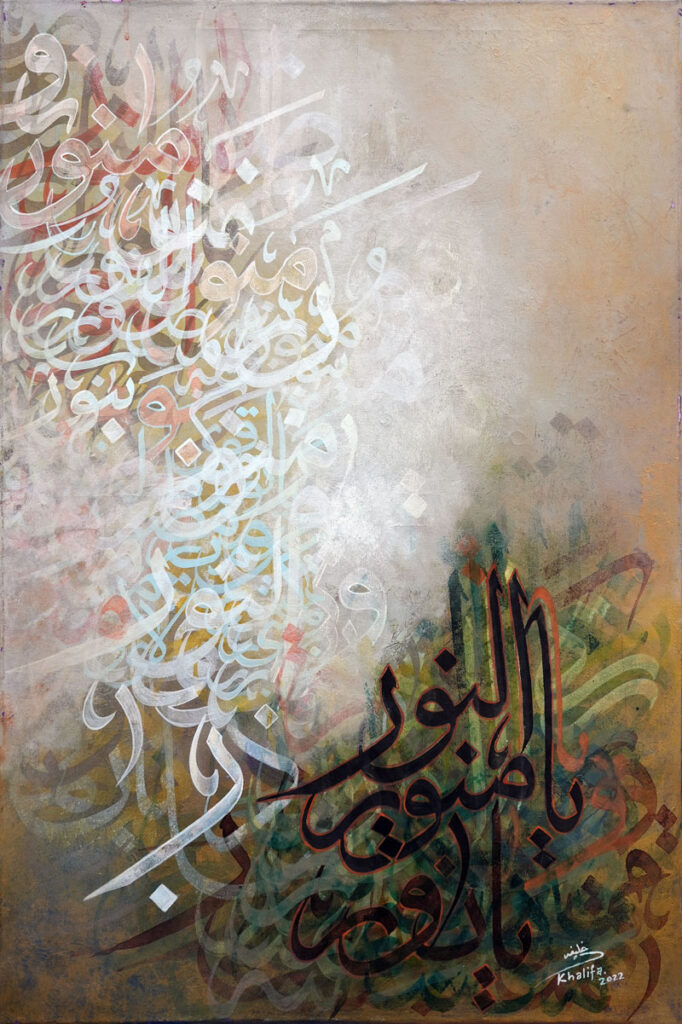
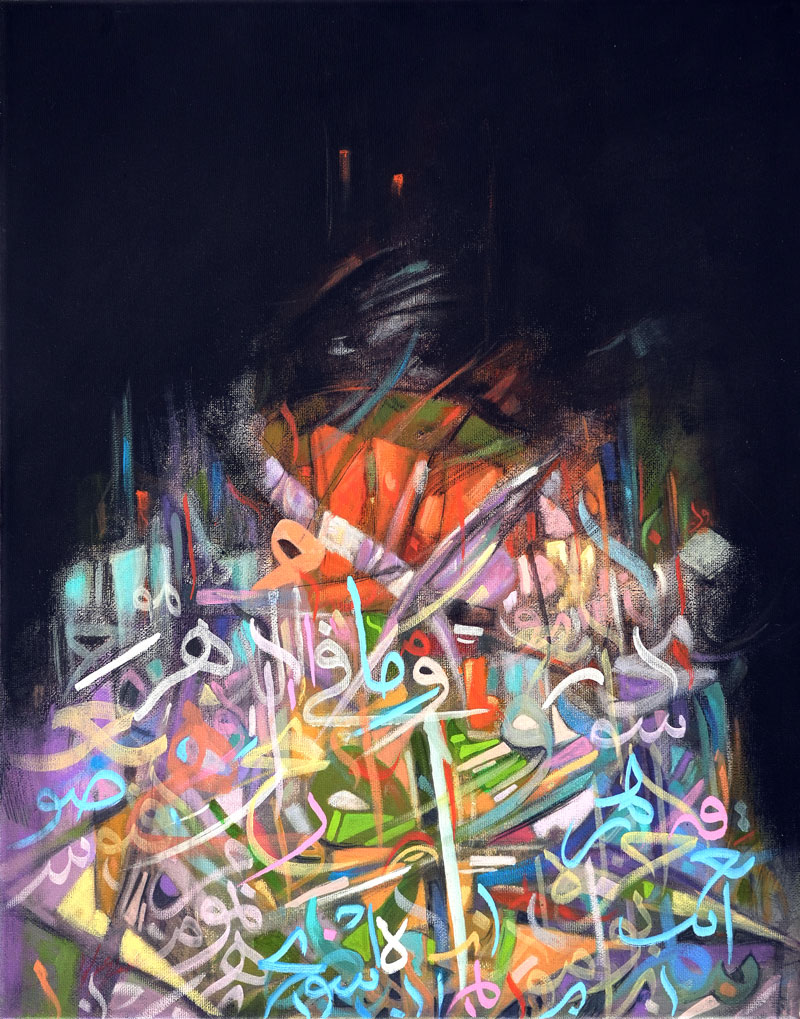
Arabs paid special attention to “Arabic calligraphy” or “static thoughts” to use the previous people’s words, driven by a saying for Ali ibn Abi Talib “Elegant calligraphy makes the right more prevailing”. Arabic Calligraphy occupied a high status due to its connection with Arabic culture and Islamic belief. The Arabic language is still considered the protective shield of divine and man-made laws legislated by Islam, as it is the language of Quran. Arabic Calligraphy is the “Arab Icon” as called by researcher Titus Burckhardt. It is worth mentioning that the artistic status that Arabic calligraphy managed to occupy comes directly from the “Holiness of Arabic Language” as it is the declaration of national bonding and spiritual loyalty. Arabic calligraphy is considered a main and pioneering art, and many factors have contributed to leveling it to become a standing art in its own right, among which is its own artistic and aesthetical constituents that helped its elevation, hence the fine artists turnaround on it for inspiration in their artworks. Arabic letters have the unique features of modification ability, and they enjoy some unique features such as the flexibility and elasticity that we find in more lenient scripts like thuluth; and Madd (lengthening the top), Bast (horizontal spread), and Tadweer (bumps and curves of letters), geometry and squaring, and the multiple forms of one letter as we can in Kufi script. Arabic calligraphy is “The art that ever accompanies time” amidst the depths of desert nature… the equation of (time – invisible) was the principle on which Arab individual psychology and nature were built… it is one of the most structural motivators of the Arab abstract perspective about shapes and artistic expressions, which allowed the Muslim artist to assemble a painting with spatial and time dimensions… The Muslim artist has benefited from the modification feature of Arabic calligraphy, meaning the ability to transform and alternate the usual shapes of letters and words. He managed to employ them aesthetically to create artistic linear scripts, and utilized them to arrive at a new aesthetical form, founded either on the ornamental geometrical configurations such as the circle, square, and rectangular… or ornamental representational images of humans, animals, or plants… while maintaining and adhering to the principles and laws of letters and scripts.
Arabic calligraphy has such an immersive and huge capability of shaping and diversifying continuously, the thing that inspired calligraphers to create and come up with many new scripting patterns, and use them as an artistic element. The Arabic scripts varied and developed throughout the ages, reaching more than 80 types, all due to the needs of usage, elegance, renewal, and elevation. The art of Arabic calligraphy today is a pioneering art that has an aesthetical structure, and it is a main and important component on which modern and contemporary visual arts have depended.
Dr. Noha Farran is the Founder & CEO of ‘Thinking Art’ Foundation’, Historian, Professor, Cultural Strategist, Researcher, Curator, Visual Artist & Chief Editor of Al Tashkeel magazine. Holding a Ph.D. with excellence in the 'Art & Science of Arts', an MFA in Fine Arts, and an MA in the philosophy of art, she has authored numerous published books and research papers documenting art in the Arab World.



